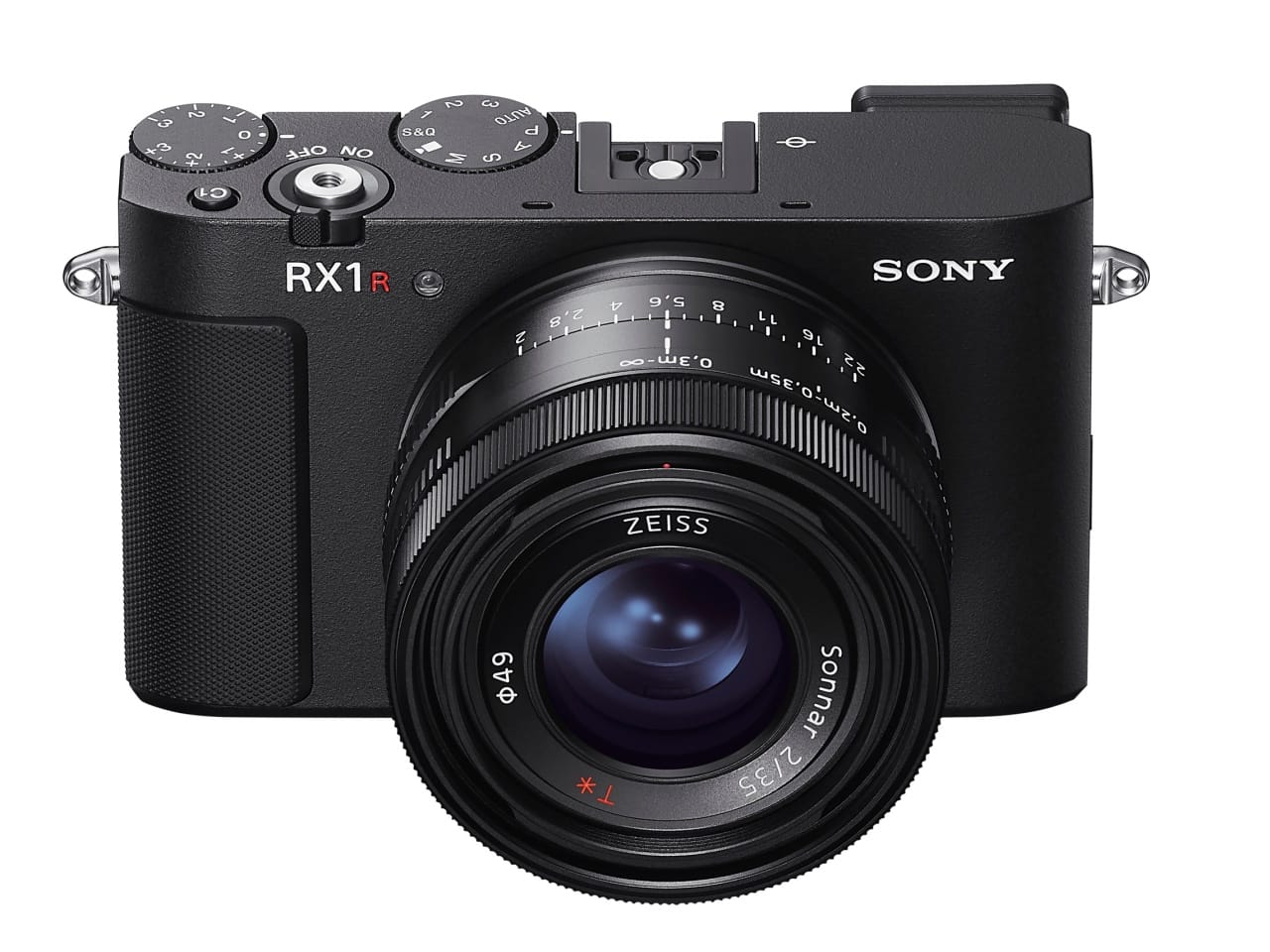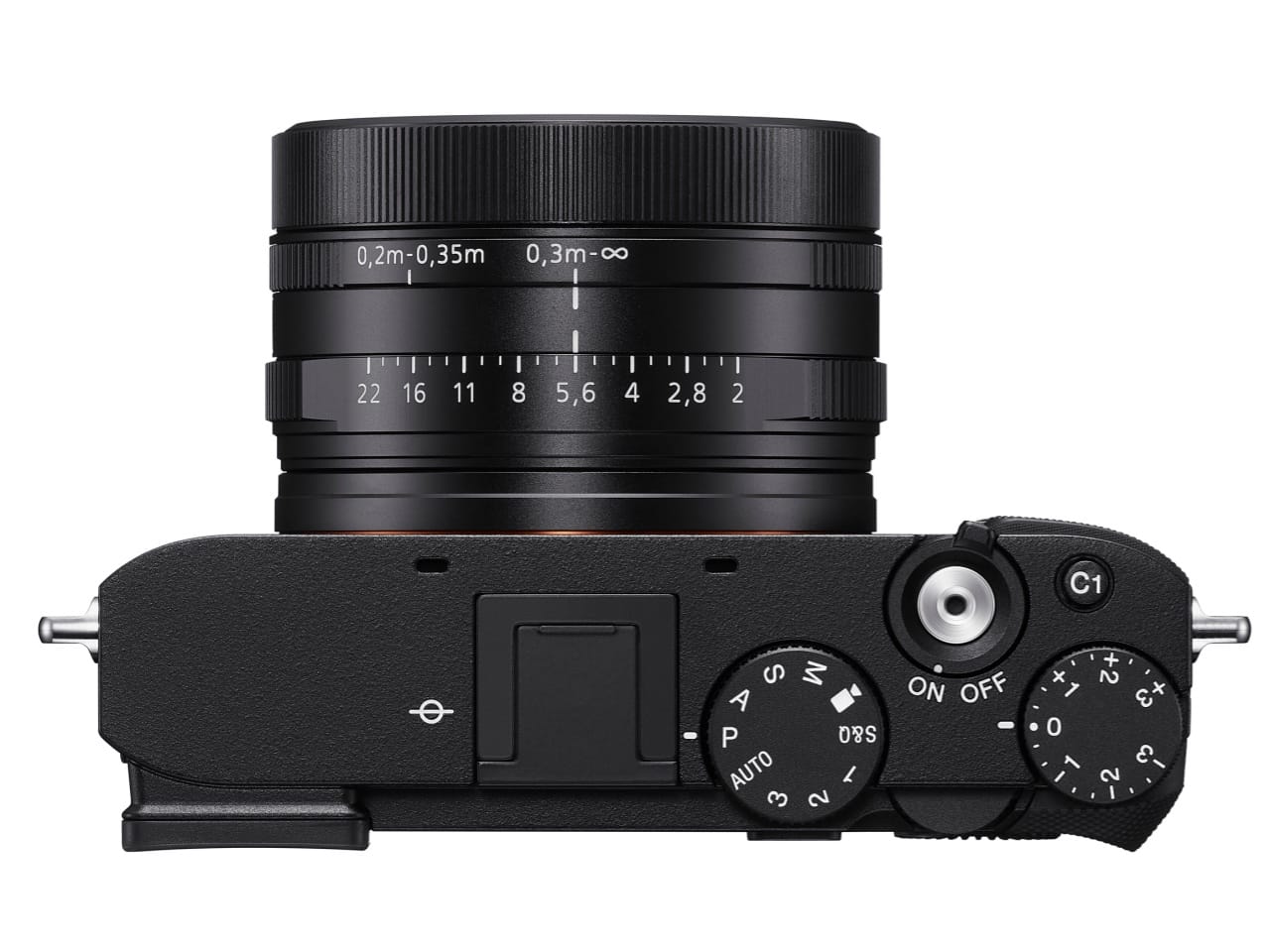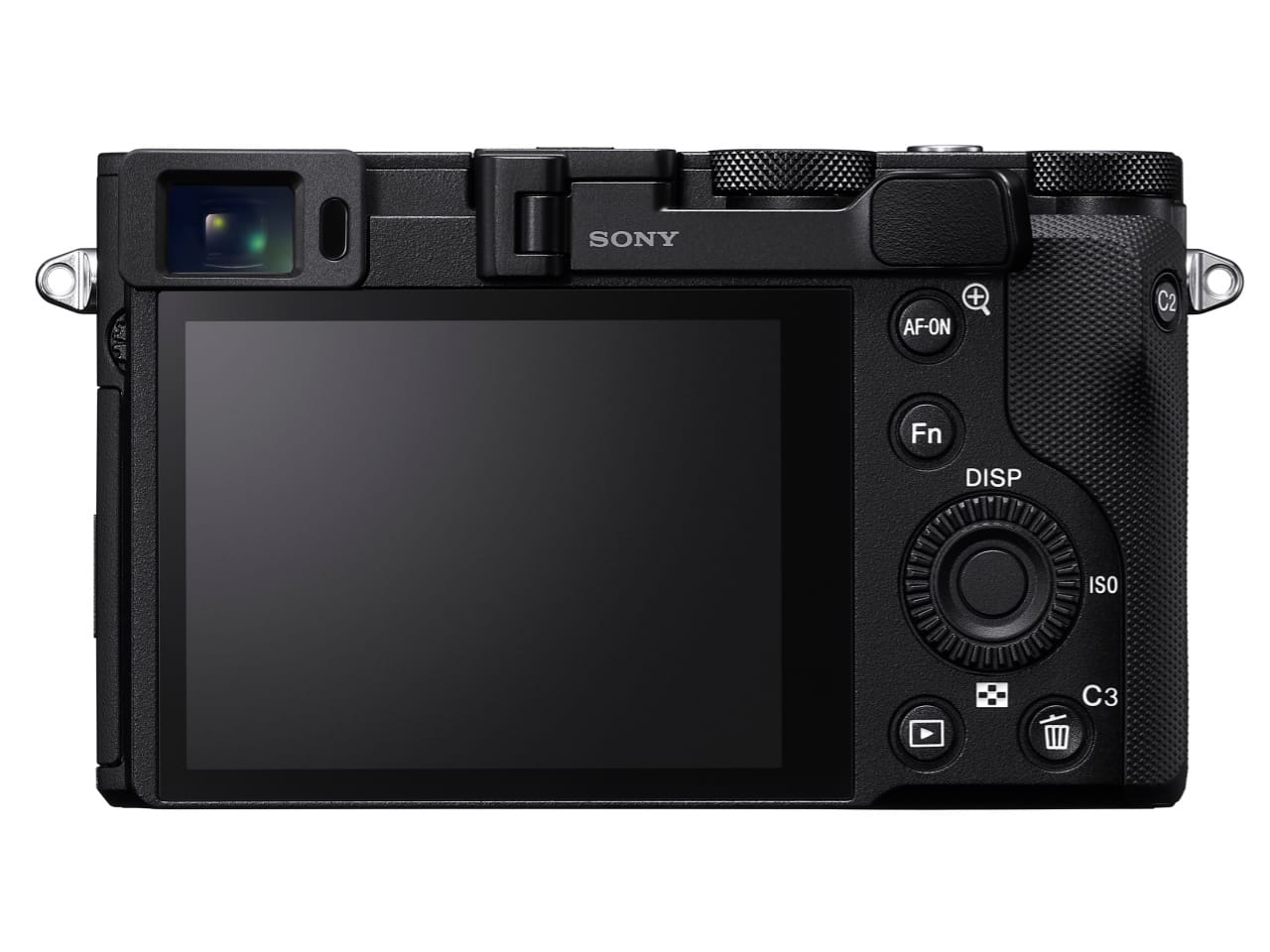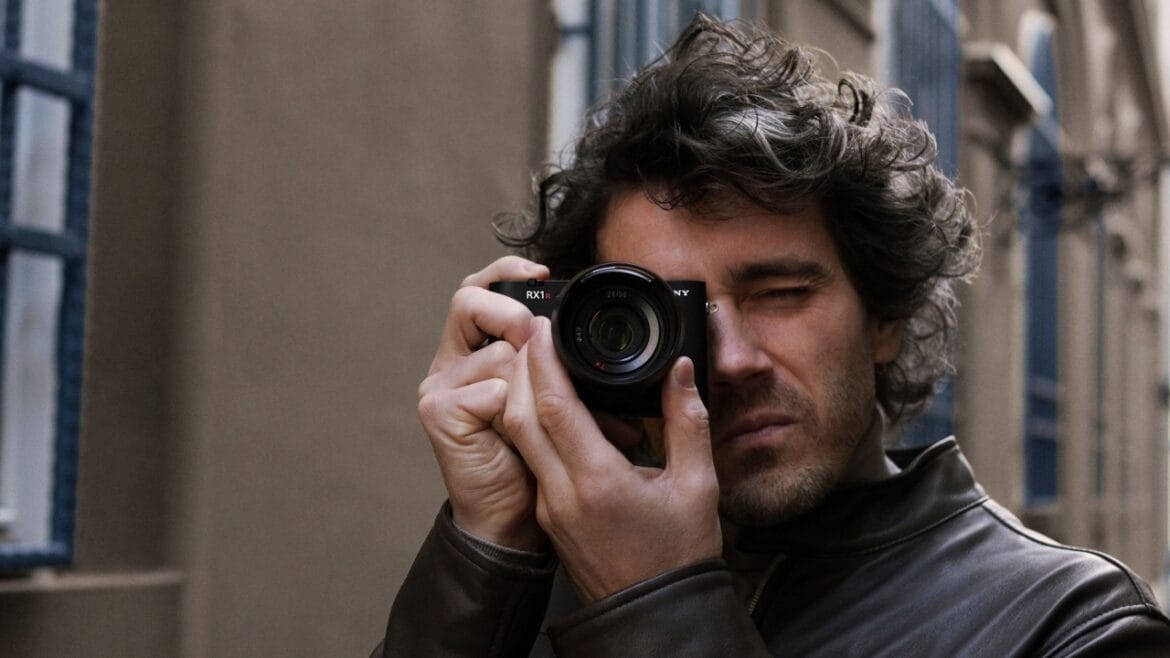Nine years. That’s how long it’s been since Sony last updated the RX1R series. When Sony pulled the wraps off the RX1R III, the reaction amongst the camera faithful was palpable: “about $(#$)#@* time.”
In camera years, that’s practically a lifetime; enough time for two mirrorless revolutions, half a dozen Fuji X100 models, and preceded the rise of Leica’s Q series to near-ubiquity in the high-end compact world — mantle the original RX1 was meant to own—before Leica made it its own.
The new RX1R III is beautifully built. It has a rock-solid magnesium alloy body and a clean, flush top plate. It’s also smaller and lighter than both the Leica Q3 and the Fuji X100VI, although the lens protrudes further.
The RX1R III arrives with Sony’s best stills sensor — a 61MP full-frame chip shared with the A7R V and A7CR — and fuses it with their top-tier AI autofocus system. It packs real-time tracking, eye-detect AF, and subject recognition into a body small enough to fit in your palm.
However, some things haven’t changed. That includes the lens, the screen, and a few of the compromises that made the RX1R II such a niche delight — and a potential source of frustration.
What it gets right
 Sony has managed to cram serious hardware into a palm-sized body. You get the same 61MP BSI CMOS sensor and BIONZ XR processor found in Sony’s best Alpha bodies. The AF coverage spans roughly 78% of the image area, with 693 phase-detect points and AI-driven subject recognition. Battery life has also improved markedly, thanks to the newer NP-FW50 cell, which doubles the previous model’s endurance to approximately 300 shots.
Sony has managed to cram serious hardware into a palm-sized body. You get the same 61MP BSI CMOS sensor and BIONZ XR processor found in Sony’s best Alpha bodies. The AF coverage spans roughly 78% of the image area, with 693 phase-detect points and AI-driven subject recognition. Battery life has also improved markedly, thanks to the newer NP-FW50 cell, which doubles the previous model’s endurance to approximately 300 shots.
Another welcome change: the EVF is no longer a pop-up party trick. Instead, it’s now built-in, letting you keep an eyecup attached. The top plate is completely flat, reducing snag risk, and the grip has been reshaped for a more secure hold.
Step Crop Shooting lets you simulate 50mm and 70mm perspectives with in-camera crops, something that can be achieved quite well with a great lens and a top-tier high-megapixel sensor. The result: a pseudo-prime trio in your pocket.
The lens: A mixed blessing
 I do use the word pocket quite loosely, though — small it may be, but this isn’t a camera that’s slim enough. However, it is slimmer than the Leica Q3, which it clearly targets.
I do use the word pocket quite loosely, though — small it may be, but this isn’t a camera that’s slim enough. However, it is slimmer than the Leica Q3, which it clearly targets.
Sony stuck with the same Zeiss Sonnar 35mm f/2 lens used in the original RX1. On paper, that sounds like a reminder of how good the original was. This lens features a leaf shutter—rare outside of Fuji’s X100 series—allowing high-speed flash sync even in daylight (up to 1/2000s at f/2). It’s whisper-quiet, too. And with macro mode built in (down to 20cm), it’s still versatile.
But is it sharp enough for 61MP? That’s up for debate. The FujiFilm X100 VI caught some flak for not introducing a new lens design to complement its higher megapixel count, and the doubters will likely come for the RX1R III too. Sony claims it aligns the lens and imaging surface to the micron for optimal sharpness, but says nothing about new motors, which usually implies that it’s reusing established tech.
The stuff that raises eyebrows
 Let’s talk about the fixed LCD. It’s now higher res and touch-enabled, but it doesn’t tilt. For a camera so well-suited to street photography, that’s a big miss. Even more so when its predecessor had one. No tilt means no waist-level or discreet high-angle shots—a strange omission from a company famous for flip screen-ceptions.
Let’s talk about the fixed LCD. It’s now higher res and touch-enabled, but it doesn’t tilt. For a camera so well-suited to street photography, that’s a big miss. Even more so when its predecessor had one. No tilt means no waist-level or discreet high-angle shots—a strange omission from a company famous for flip screen-ceptions.
And the EVF? I don’t think we will get many mourners for the loss of the pop-up EVF, the resolution is still a modest 2.36M dots. That’s low by 2025 standards — especially for a USD 5,099 camera. Yes, you read that right. I’m only mentioning the price so no one says I didn’t.
Also missing: in-body or optical stabilisation. You get digital stabilisation for video, but stills shooters are out of luck. And it lacks a built-in flash, an internal ND filter, and a second card slot. Sony even removed the dedicated video recording button (too many accidental presses, apparently).
Despite the high-res sensor and strong codec support, the RX1R III tops out at 4K 30p. That, combined with the lack of IBIS and only digital movie stabilisation, makes it clear: this is not a vlogging or hybrid camera. It’s for stills, period.
So, who is this for?
If you love the A7CR but want to shave off a few millimetres and grams, and you don’t mind that the tech is relatively modest, or you’re just a big fan of the RX1 family of cameras waiting to scratch a ten-year itch.
If anything, this is the most un-Sony-like camera in a long while. Only Fujifilm can afford to skip headline features, because they sell a well-curated experience. Leica? They’re Leica. The Q3 delivers that essence in a smaller package, full stop. The RX1R III is a bold move — it’s a ‘new’ camera that challenges the incumbents with none of the calling cards that define it as a Sony.
The RX1R III is expected to arrive in Singapore from August 2025 via Sony Stores and authorised dealers.
